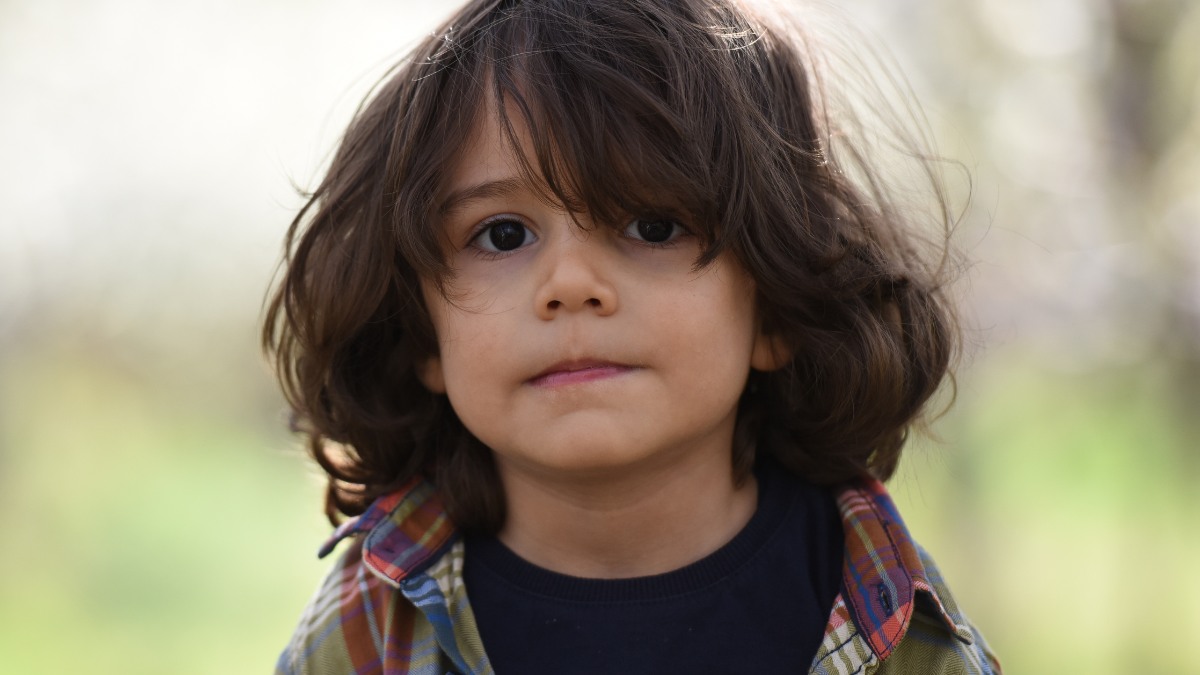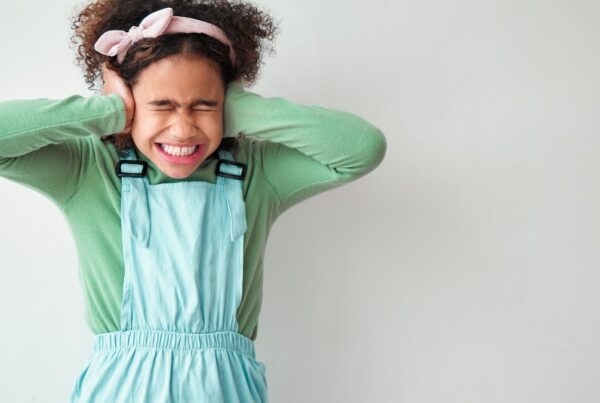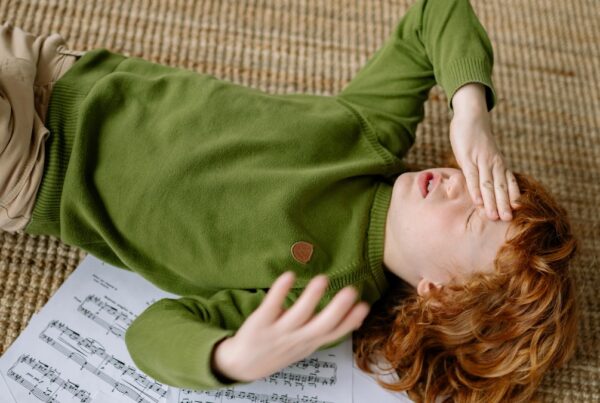Key Points:
- Physical autism traits may appear in facial features and motor development, but they vary widely between individuals.
- Certain subtle facial structures have been observed more frequently in autistic individuals, though these are not used for diagnosis.
- Understanding physical autism traits can help parents identify developmental signs and seek timely support.
Maybe your child walks on their toes, has a unique way of sitting, or shows small physical quirks that seem different from other kids. These could be early physical autism traits, and while they vary, understanding them could help you take the next best step with confidence and care.
Do People With Autism Have Distinct Physical Traits?
Yes, individuals with autism may exhibit physical autism traits, including subtle facial differences and variations in motor coordination or posture, though these features alone are not diagnostic.
While autism spectrum disorder (ASD) is primarily identified through behavioral and social characteristics, research and parent observations have noted certain physical traits, such as facial symmetry differences or unusual gait, as being more prevalent in autistic children. These traits, though not universal, can offer early insight for families.
What Facial Features are Commonly Noticed In Autism?
Some subtle facial traits appear more frequently in children on the spectrum, although they vary from child to child. These facial differences are typically mild and not visibly obvious to the untrained eye.
Facial features that may be associated with autism include:
 These features are not used for diagnosing autism, but they can be part of a broader developmental picture, especially when combined with behavioral traits like lack of eye contact or delayed communication.
These features are not used for diagnosing autism, but they can be part of a broader developmental picture, especially when combined with behavioral traits like lack of eye contact or delayed communication.
Are There Other Physical Signs of Autism Besides Facial Features?
Yes, facial characteristics are only one part of the picture. Physical autism traits often involve motor development and body coordination. Some of these signs are easier to notice during the toddler years, especially when children are learning to walk, play, and interact physically with their environment.
Parents often notice:
- Delayed motor milestones, such as sitting, crawling, or walking later than peers.
- Unusual gait or walking patterns, like toe walking or a stiff-legged walk.
- Low or high muscle tone, which may result in poor posture or floppy limbs.
- Repetitive movements, such as hand-flapping, spinning, or rocking, known as “stimming.”
- Clumsiness or poor coordination, especially in sports or activities requiring balance.
Physical differences don’t always mean a child is autistic, but when combined with communication or social challenges, they may prompt further evaluation.
In addition to facial features, some individuals on the spectrum may also display physical traits like low muscle tone or differences in gait. For a deeper look into how conditions like flat feet may relate to autism, including potential causes and treatment options, see our article: Are Flat Feet a Sign of Autism? Symptoms, Causes, and Treatment.
Can Physical Traits Help With Early Autism Detection?
While no physical trait can confirm autism on its own, recognizing these signs early can help parents take the next step. Many physical autism traits—like unusual facial structure or delayed motor skills—can appear before more obvious behavioral signs.
Research is evolving in this area, with some clinicians exploring whether physical traits might one day become part of broader diagnostic screening tools. For now, these features are helpful context for pediatricians, especially when combined with a developmental history.
Early detection is crucial. Autism is typically diagnosed through a combination of observations, questionnaires, and standardized tests. If a child shows multiple early signs—both physical and behavioral—it’s worth having a formal evaluation.
Are Head Shape and Growth Patterns Different in Autistic Children?
Yes, head size and growth rate have been studied in relation to autism, though findings vary. Some studies suggest that children with autism may experience unusually rapid brain or head growth in infancy, especially in the first year of life.
These differences include:
- Macrocephaly, or a head size in the 97th percentile or above, has been observed in a subset of autistic children.
- Unusual head shape, including longer or broader skulls, though these are subtle and not always noticeable.
While these physical traits aren’t diagnostic, they can correlate with early brain development patterns. Rapid brain growth may affect how neural connections form and function, possibly influencing social and sensory processing.
What Motor Symptoms are Common in Autism
Motor delays are also a key component of physical autism traits and are often among the first things parents notice. These may show up as subtle difficulties in coordination or more obvious challenges with movement.
Children on the spectrum may experience:
- Poor fine motor skills – Struggles with writing, buttoning, or using utensils.
- Delayed gross motor skills – Difficulty with jumping, running, or climbing.
- Hypotonia – Low muscle tone leading to floppy or unstable body movements.
- Dyspraxia – A neurological condition that affects coordination and planning of movements.
- Unusual posture or rigidity – Including standing stiffly or sitting in an awkward way for long periods.
Early physical therapy can help build these skills and promote greater independence and physical confidence.
Can These Traits Be Mistaken for Other Conditions?
Absolutely. Many physical autism traits overlap with other developmental conditions, including ADHD, cerebral palsy, and genetic syndromes. That’s why it’s so important for evaluations to be comprehensive and multidisciplinary.
For example, toe walking may also be seen in muscular dystrophy or cerebral palsy. Delayed milestones could stem from simple variation or from more complex neurological causes. A proper autism diagnosis requires input from pediatricians, developmental specialists, and sometimes neurologists or geneticists.
The key is to look at the full picture—communication, social interaction, repetitive behaviors, and physical traits—rather than any one sign in isolation.
Why ABA Therapy Matters For Children Showing Physical Autism Traits
While physical autism traits themselves don’t determine treatment, they’re often part of a broader developmental profile that benefits from therapeutic support. Applied Behavior Analysis (ABA) therapy can help children with autism navigate daily life more effectively, including challenges related to physical coordination, motor planning, and sensory behaviors.
ABA therapy uses structured, evidence-based techniques to help children build communication skills, improve social interactions, and reduce behaviors that interfere with learning or safety. For children who experience physical challenges, like stimming, low muscle tone, or poor coordination, ABA therapy can be tailored to help with those as well.
Supporting Your Child With Crown ABA Therapy
If you’ve noticed physical autism traits in your child—whether it’s motor delays, toe walking, or unusual facial characteristics—early support can make a significant difference. At Crown ABA, we offer compassionate and personalized ABA therapy in Maryland designed to meet children where they are.
Our therapists work closely with families to understand each child’s unique needs. Whether your child struggles with physical coordination, social interaction, or emotional regulation, our programs are crafted to foster real growth.
Give your child the tools to thrive. Contact us today and learn how our ABA therapy can support your child’s physical, social, and emotional development today.





